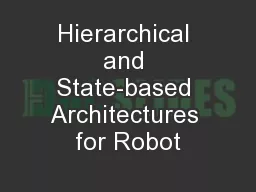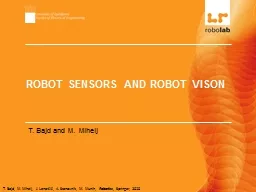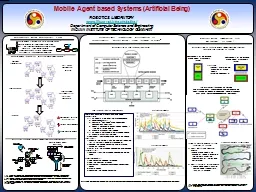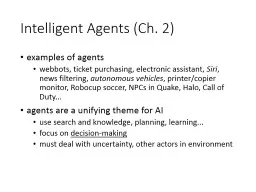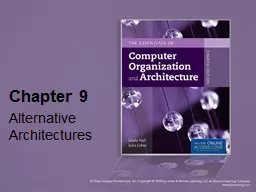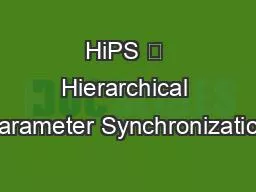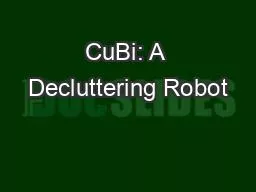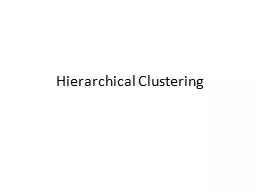PPT-Hierarchical and State-based Architectures for Robot
Author : lindy-dunigan | Published Date : 2018-09-22
Behavior Planning and Control Philipp Allgeuer and Sven Behnke Institute for Computer Science VI Autonomous Intelligent Systems Motivation What is a behavior
Presentation Embed Code
Download Presentation
Download Presentation The PPT/PDF document "Hierarchical and State-based Architectur..." is the property of its rightful owner. Permission is granted to download and print the materials on this website for personal, non-commercial use only, and to display it on your personal computer provided you do not modify the materials and that you retain all copyright notices contained in the materials. By downloading content from our website, you accept the terms of this agreement.
Hierarchical and State-based Architectures for Robot: Transcript
Download Rules Of Document
"Hierarchical and State-based Architectures for Robot"The content belongs to its owner. You may download and print it for personal use, without modification, and keep all copyright notices. By downloading, you agree to these terms.
Related Documents

